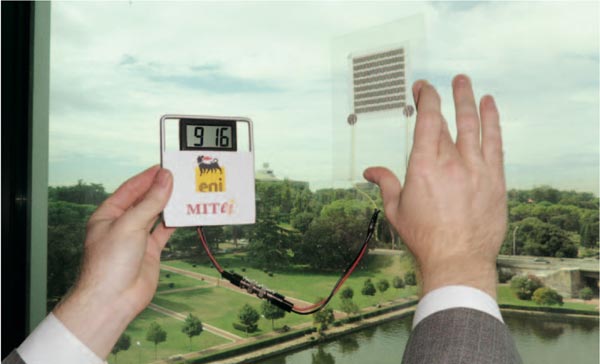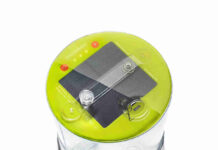
Solar cells declined costs in decades
Solar power has declined dramatically its cost over the past decades. We could say that was a decrease from $40 per watt in 1978 to $0.42 per watt in 2015.
In the next three years the cost of production for conventional crystalline silicon solar panel could attend more than 30 percent less. T
he important players companies as Jinko, Yingli, Trina or Renesola could do this because of new technologies and energy efficiency improvements.
Printed solar cells give green electricity to the people
This may be a good news also for the citizens in developed countries to switch to a cleaner and increasingly cheaper green electricity source. By this shift to solar power more than 1.3 billion people currently without electricity could be able to plug in the first time. They would have a big chance due to printed solar cells.
Professor Karen Gleason and Professor Vladimir Bulovic with their students at MIT, have developed methods of depositing photovoltaic cells on sheets of paper. Inside a vacuum chamber they use a novel process to “vapour print” anodes linked to the surface of paper. In another lab, they use evaporative methods to deposit the remaining layers of solar cells and producing solar cell arrays.
Printed solar cells is starting small but have potential
The printed solar cells require only an industrial printer to be manufactured, moderate temperatures and no liquids. These solar cells are low cost, lightweight, flexible and also durable making them ideal not only for integration into consumer products but to be used in remote regions of the world with no power grid.
A printed solar cell array contains 250 photovoltaic cells interconnected simultaneously on a 7 cm by 7 cm piece of paper. In an ambient light this solar cell array can generate 50 volts and micro-amperes of current and no more than 50 watt per square meter. The researchers encapsulated it within one micron thick polymer coating and submerged it into the water and it continued to produce green electricity.
This printed solar cell array has a light to electricity efficiency conversion of only about 1%. The researchers are working to a photovoltaic printed cell array to push this limit to 4% electricity efficiency conversion. But even with this efficiency this printed solar cell device can power small electronic devices. Talking about costs, paper is 1000 times less expensive than traditional glass substrates and about 100 times less than common plastic substrates and is good to know that the substrates represents 25-60% of total material costs in current solar power modules.
Nothing more to say about the ease with which they can be transported, installed, rolled and trucked long distances and also to tacked onto roofs, taping onto windows, built into clothing to be source of green electricity for millions of people.
The mass production and the distribution of printed solar cells have its own series of obstacles. They are inexpensive to be produced but an industrial printer requires an important capital investment to acquire and the printed paper solar cells are vulnerable to moisture, but anyway the future could sound good.
I remained to the idea that the printed solar cells are a powerful anti –poverty tool representing a major step towards 100% renewable energy economy and an important step of producing green electricity.



